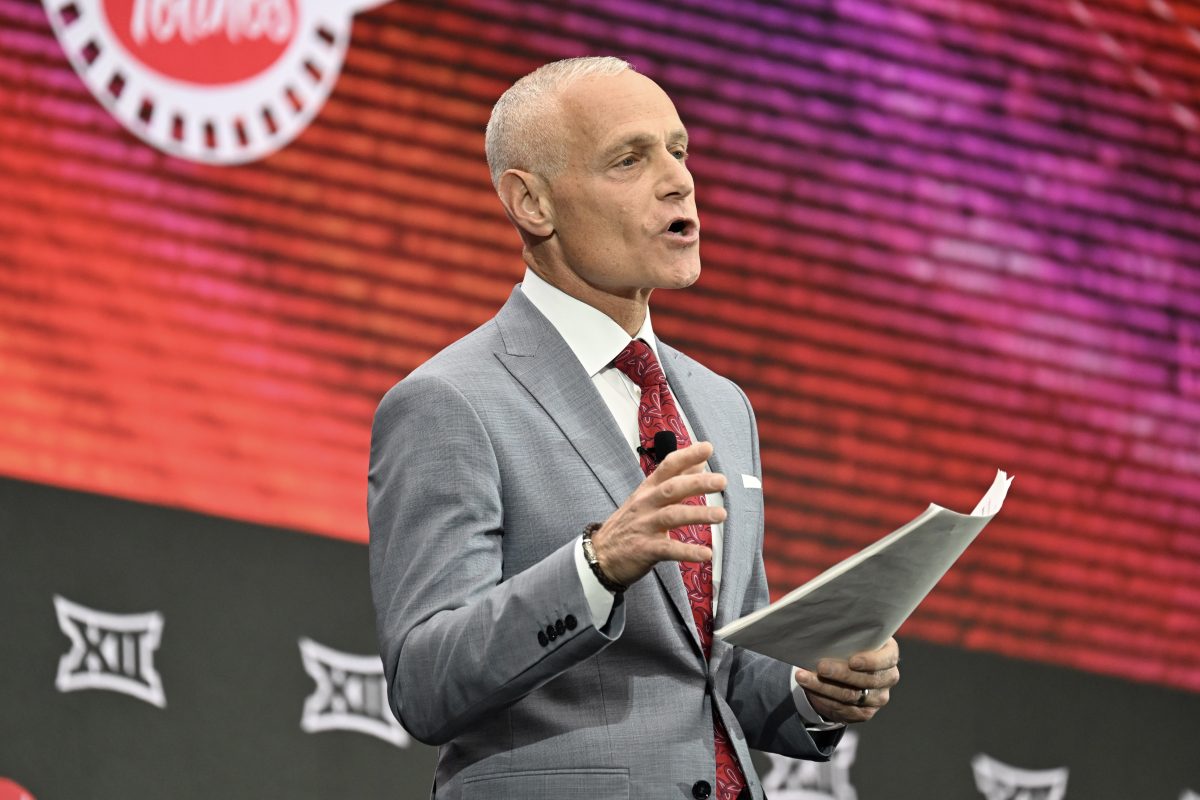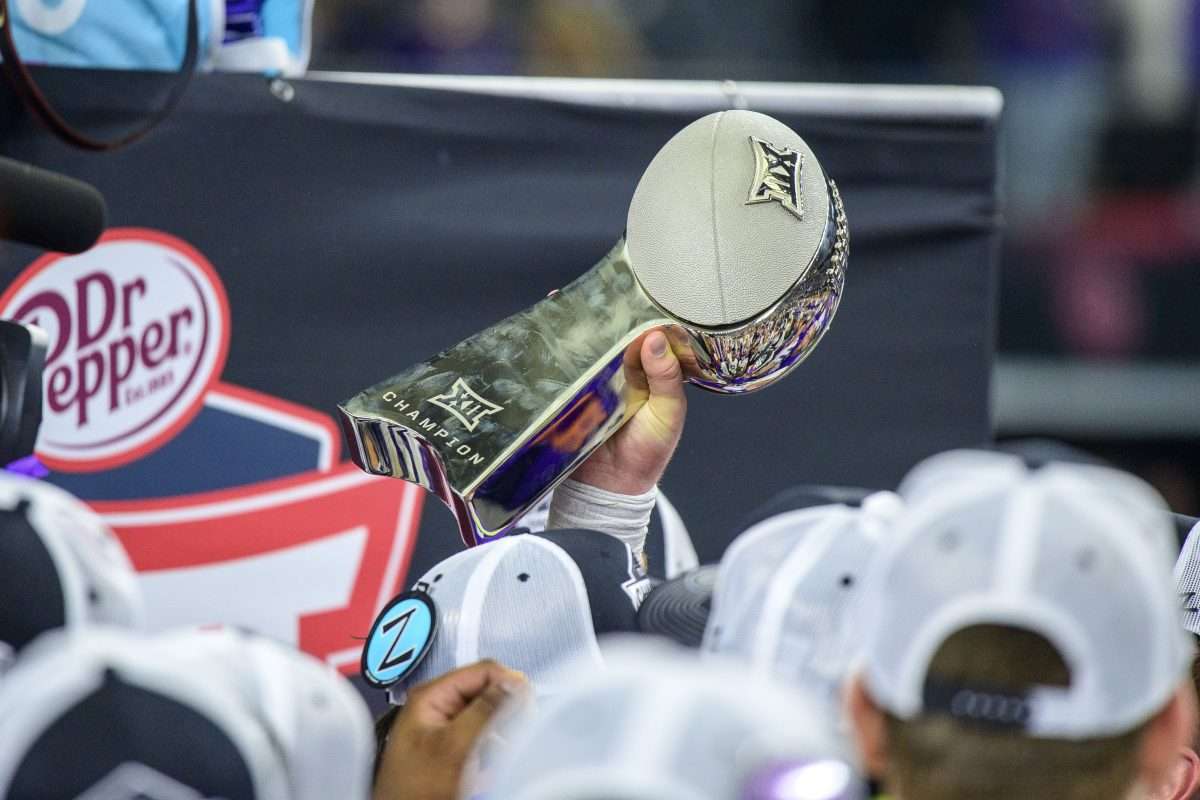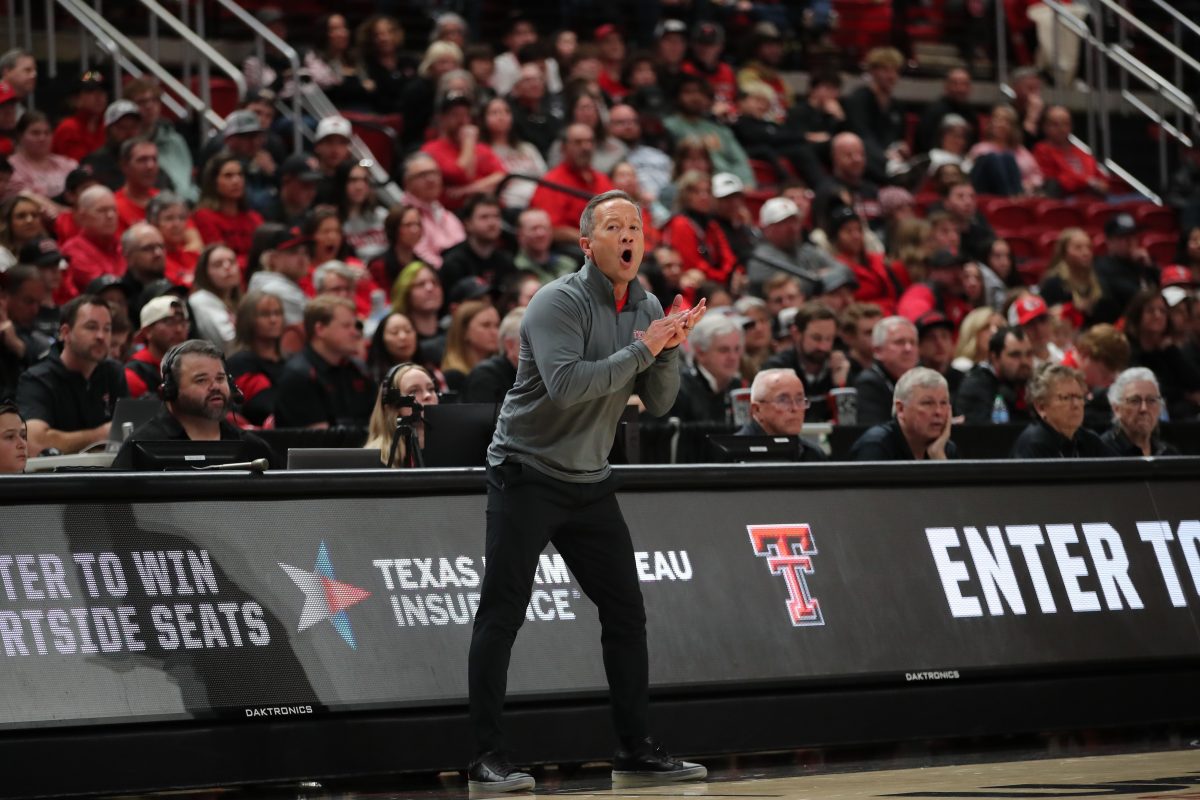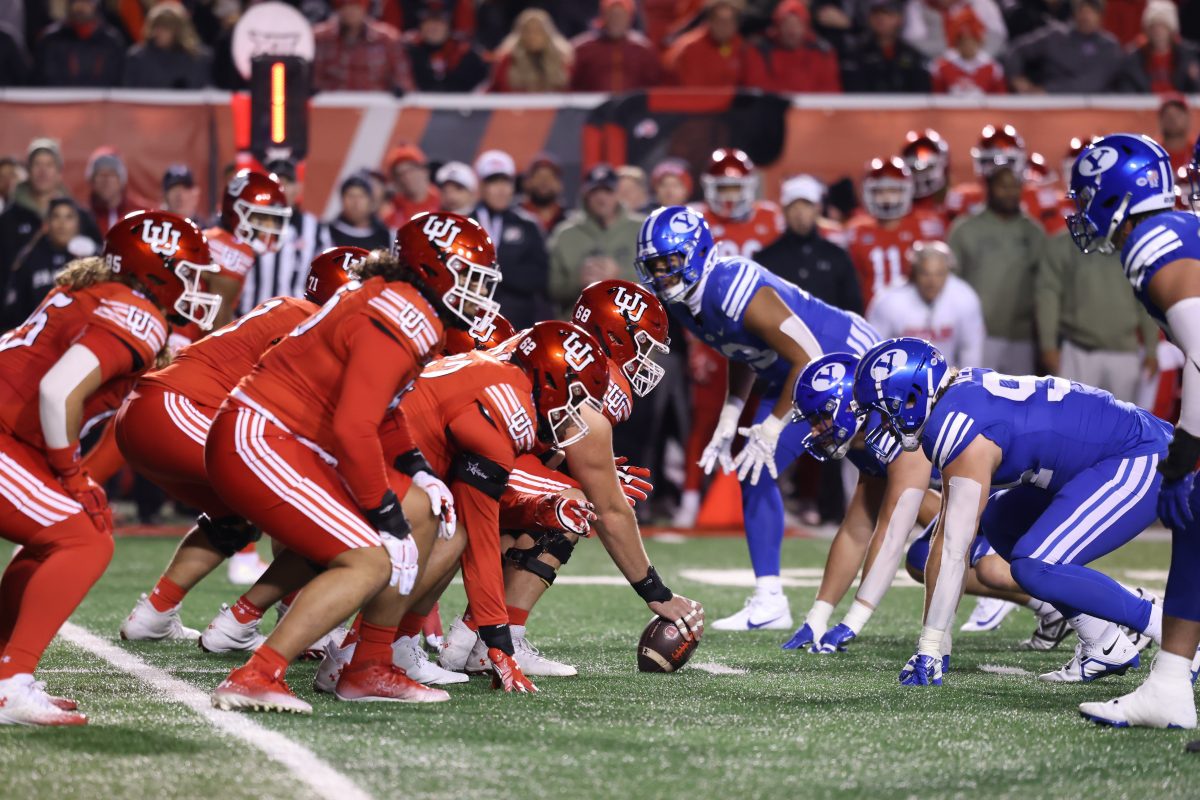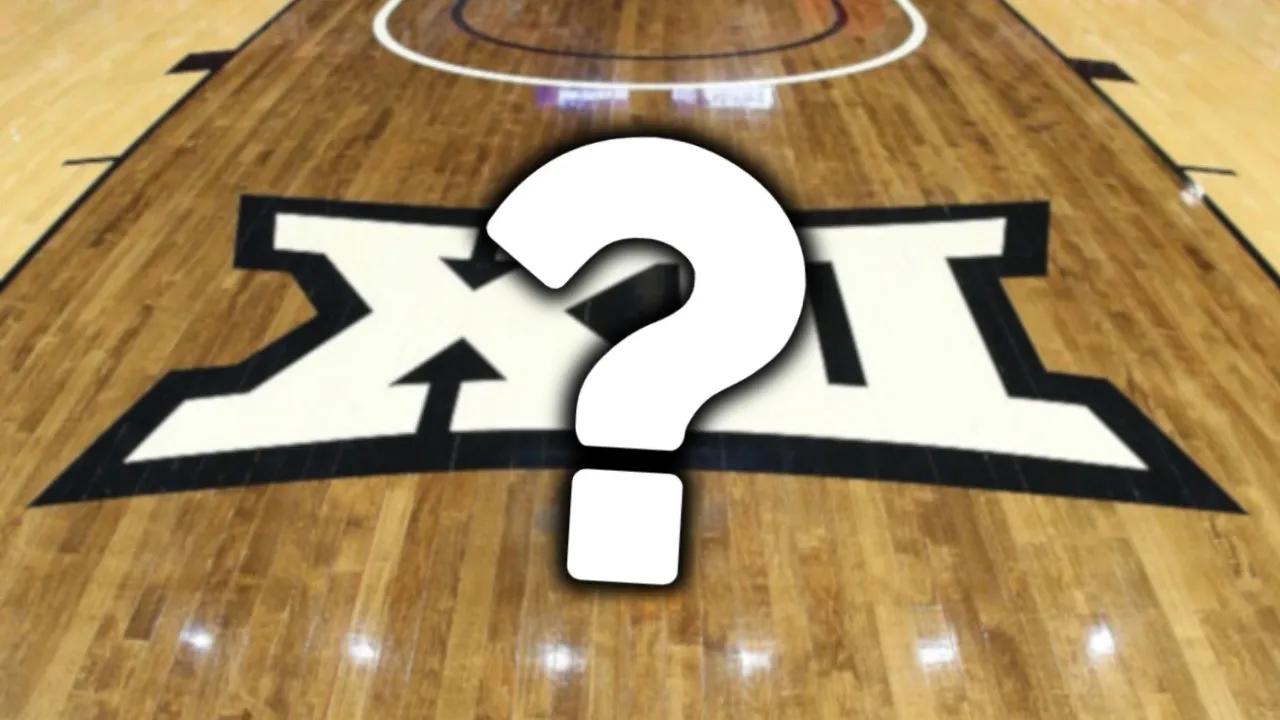What’s going on in the Big 12 and beyond? I expand and explain every Sunday in Postscripts at Heartland College Sports, your home for independent Big 12 coverage.
This week, well, we gotta talk about our favorite topic — officiating.
BRETT YORMARK HAS A POINT
If you’ve read Postscripts for a while, you know my least favorite topic is officiating. I am not from the school that officiating directly impacts the result of a game. There are just too many other things that happen in a game that allows a team to either win or lose.
The Texas targeting — or should we say non-targeting call — late in the fourth quarter against Arizona State may be as close as I ever get to saying, “That decided the game.” A refresher on the hit.
When every credible officiating expert says this is the textbook definition of targeting and it’s not called, well, the mind wanders toward conspiracy theories (you can head to X, formerly Twitter, if you want a dose of that).
But that’s not all, There was a play with Arizona State defender that hit a Texas receiver that came darned close to targeting and that I’ve seen called targeting. There was the help that ASU running back Cam Skattebo got from his offensive lineman to drag him across the goal line, which was, well, kind of against the rules.
Then there was the Sugar Bowl, where Notre Dame subbed 11 players at a time, and after the game, Georgia coach Kirby Smart said that every SEC official had told him that’s illegal. Come to find out it wasn’t exactly illegal and appears to have been called correctly because it wasn’t a “live ball.”
After the Arizona State game, Big 12 commissioner Brett Yormark called for “national officiating standards.” So … what does that mean?
Well, we need to quickly understand officiating in college’s two major sports. When we say “Big 12 officials” in football, there truly are Big 12 officials. Each conference has its own set. While they all work from the same rulebook, there are some variances from conference to conference.
The crew that called the Peach Bowl wasn’t a Big 12 or an SEC crew. For those games, they get a set of officials from a different conference.
When it comes to basketball, there are no “Big 12 officials.” Conferences pick officials from a consortium that works on several conferences.
To create “national officiating standards,” the FBS conferences would probably have to move to an NFL-type model where every week officials might work different games in different conferences. They wouldn’t be conference-specific. They would simply be sport-specific. And I don’t believe the conference-specific model is necessary anymore.
A national model might work — if everyone can agree on it. That’s the trick. It’s college sports, and no one agrees.
And, look — we’re not going to make officiating 100% perfect. That’s not the point. Consistency is the point. If it’s targeting in the first quarter, it should be targeting in the fourth quarter, even if the game is, well, in the balance.
The VCU Threat
Student-athlete revenue sharing starts this fall, assuming the NCAA vs. House settlement is finalized (getting closer to the finish line). Yormark feels pretty confident that all 16 Big 12 teams will share revenue, which some having already pledged they’ll share are the maximum, which is a little over $20 million.
For the power conference schools, most, if not all, will max out. But the mid-major and low-major schools have real decisions to make.
One did this week. VCU announced that it planned to share $4-5 million per year in revenue with its student-athletes. The Rams don’t have the money to share the max, so it’s sharing what it can, with an emphasis on basketball. Schools are not obligated to share to the max. They just have to opt-in or opt-out.
Now, that sounds like VCU won’t be competitive on the national landscape. But the Rams have an advantage — they’re not beholden to football. They don’t sponsor the sport. Most Atlantic-10 schools don’t, and the ones that do play it at the FCS level.
Schools like VCU could become real powers in the revenue-sharing/NIL space in basketball’s future because of that nuance. It doesn’t have to worry about forking over the majority of shared revenue to its football players. The Rams can give more to basketball and other sports and use that revenue and NIL to lure a higher-quality basketball player to their program.
So Big 12 football has nothing to worry about. But Big 12 basketball? Well, the A-10 features Saint Joseph’s, UMass, Davidson, George Mason, Richmond and Dayton, all of which have, at times, made their mark in the NCAA Tournament.
Imagine a basketball-only school with the resources to compete at this level? Well, you don’t have to. There’s this little school called Gonzaga that has been doing it for decades.
In this model, schools like VCU can take a step up and threaten the status quo more consistently.
THE STRANGE BIG 12 BEDFELLOWS
I was looking for some Big 12 basketball statistics for our previews this weekend (we’re previewing every Big 12 men’s game these days — check it out), and I came across the Big 12’s wrestler of the week — from Wyoming.
I sometimes forget the world of conference affiliation can be strange. We know the big sports bundle all of the schools together. But other sports?
Well, you likely know that Big 12 wrestling is led by Oklahoma State and Iowa State. But, former Big 12 members Oklahoma and Missouri are still affiliated for wrestling. There’s also Northern Colorado, North Dakota State, Air Force, Utah Valley, Cal Baptist, and Northern Iowa, among others.
The Big 12 just started sponsoring women’s lacrosse. The new league includes Arizona State, Cincinnati, Colorado, Florida, San Diego State and UC Davis.
Utah plays men’s lacrosse, but the Big 12 doesn’t sponsor men’s lacrosse. The Utes are in the ASUN with Air Force, Jacksonville, Mercer, Queens, and Bellarmine.
Rowing includes UCF, Kansas, Kansas State, Old Dominion, Tulsa, and West Virginia.
It takes all kinds when it comes to Olympic sports.
You can find Matthew Postins on Twitter @PostinsPostcard.

